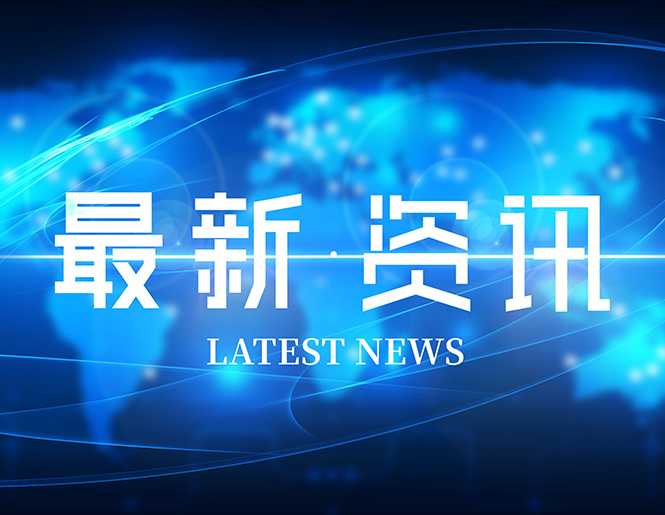Market growth trend, COVID-19 impact and future expectations of the control valve market between 2021 and 2026
2021-03-19

Control Valve The market competition is moderate, with several major players. With the increasing demand for control valves, many new companies are also developing customers in emerging economies, striving to increase their market share.
Control valves can be further categorized by Valve Design type ( Globe Valve 、 Ball Valve 、 Butterfly Valve 、 Angle Valve 、 Diaphragm Valve , others), end-user industries (oil and gas, chemicals, energy and power, pharmaceuticals, food and beverage, other end-user industries) and regions.
Market Overview
In 2020, the control valve market size was US\$10.12 billion, and it is projected to reach US\$12.19 billion by 2026, with a compound annual growth rate (CAGR) of 3.67% during the 2021-2026 reporting period. During this period, investments in pipeline and infrastructure development are expected to stimulate market demand for control valves.
Major industries such as oil and gas and pharmaceuticals are moving towards valve technologies with embedded processors and internet connectivity capabilities to coordinate through a central control station and achieve the collaborative work of complex monitoring technologies.
In addition, the rapid growth in the number of solar power plants and the advancement of renewable energy projects have expanded the application areas of control valves.
The expansion of the US power infrastructure and the supply of natural gas are also expected to lead to the construction of several new combined cycle gas turbine (CCGT) plants, and correspondingly drive the growth of control valve demand during the reporting period.
Report Scope
Control valves control the flow of fluids such as gases, steam, water, or compounds to compensate for load disturbances and make the variables generated by the regulation process as close as possible to the required setpoint. Control valves are the most important part of any process control loop because they are critical to the overall performance of the process, especially in processes where reliability and productivity are the primary goals.
By End-Use Industry:
Control valves can be categorized into: oil and gas, chemicals, energy and power, pharmaceuticals, food and beverage, other end-user industries.
By Region:
North America (US, Canada), Europe (UK, Germany, France, Italy, other European countries and regions), Asia Pacific (China, Japan, South Korea, India, other Asian countries and regions), Latin America (Mexico, other Latin American countries and regions), Middle East and Africa.
Next:
Contact us
Phone:0086-411-86734112
Phone:0086-411-86735038
Phone:0086-411-86735010
Fax: 0411-86735468
Ms. Han:0086-15309815938
Ms. Song:0086-8098804580
Email:xiangrui@dl-xiangrui.com
Address: No. 12, Xinfeng Street, Ganjingzi District, Dalian City, Liaoning Province







